Activities to Improve Hand-eye Coordination in Adults
Many of our daily activities require using hands and eyes simultaneously, including cooking, cleaning, driving, or gardening. These skills may decline as we age due to reduced vision, poor health, or brain alterations. Luckily, several fun activities allow you to regain hand-eye coordination for prolonged independence. These options are often physical, but even those with limited mobility can find a suitable option.
Of course, simply trying new activities may not be enough to restore your lost skills. Neurological damage could cause such coordination issues since the brain controls movement. Your doctor may recommend rehab therapy to combat the symptoms, including physical and occupational therapy. These often improve your skills, but adding one or more of the following activities may help you reach your goals.
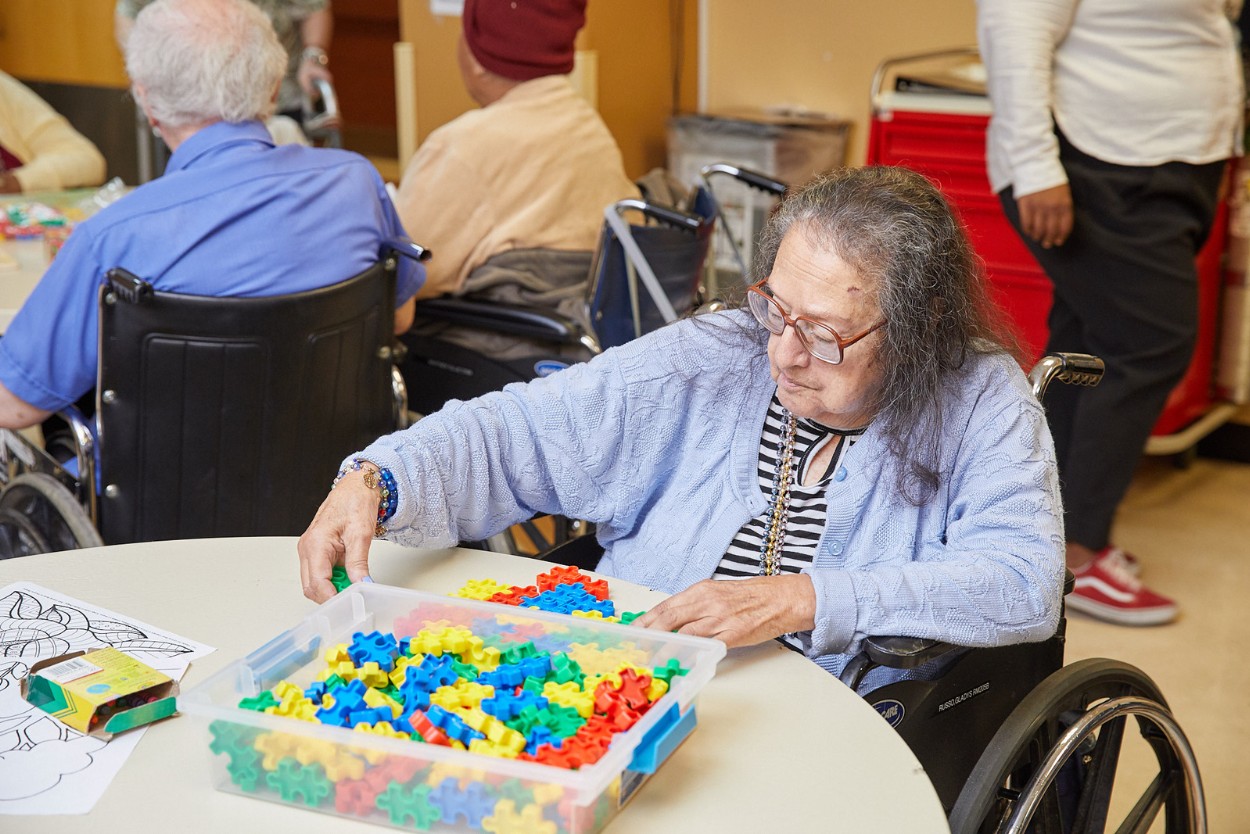
Best Hand-eye Coordination Activities for Adults
One of the best ways to improve coordination is a simple game of catch. As you play, your eyes track the ball’s movement while your hands get ready to intercept it. If needed, you can start with a balloon and progress to a ball as your skills improve. Using a frisbee is also a good substitute if you have the mobility for outdoor play.
Physical activities
There are quite a few activities that help boost hand-eye coordination, whether it’s a game of pool or pickleball.
Pickleball
Pickleball has become more popular with those of all ages and helps those looking to build hand-eye coordination. The game is similar to tennis but on a smaller court, requiring less movement. The ball is also light plastic and slow-moving, so you don’t need lightning reflexes to enjoy the game. Like playing catch, you focus on the ball’s trajectory while maneuvering the paddle to hit it.
Swimming
Swimming is a full-body workout but is low-impact, so it reduces the risk of joint pain and injury. When you’re in the water, your eyes monitor the distance to the end of the pool or other swimmers. Your hands move you through the water to reach your destination or avoid obstacles. The more often you swim, the better your hand-eye coordination becomes these skills.
Tai chi
Tai chi is another low-impact exercise that improves flexibility, strength, concentration, and balance. It can be done while standing and sitting, so it’s a fantastic exercise for those with mobility issues. Studies have also shown that tai chi increases hand-eye coordination in older adults. Not only did movement time improve, but participants also showed increases in reaction time and finger-pointing tasks.
Tennis, table tennis and badminton
Tennis, table tennis, and badminton are all excellent sports for improving hand-eye coordination. These three activities require precise timing and movement. All of them are fast-paced and involve tracking the shuttlecock with precision. They require constant focus on the ball, which is moving at high speeds. Players must track its flight path, spin, and speed, enhancing visual tracking and reaction time.
Reacting to the ball’s trajectory requires precise hand movements to position the racket correctly, improving the coordination between eye movement and hand placement.
Table tennis involves rapid movements, and the ball moves much faster than in tennis due to its smaller size, speed and is excellent for the elderly. Players must anticipate and react quickly, engaging their eyes to track the ball and their hands to respond.
Sedentary activities
Many believe video games are mindless entertainment for kids and teens. But experts believe these games improve cognitive function, including coordination skills, spatial visualization, and visuospatial attention. While your hands work the controls, your eyes focus on colors, shapes, objects, and other aspects of the game. Quick movement when placing items to clear a level or manipulating character movements all improve
Knitting is more complex than you may realize, requiring reading, following patterns, and counting stitches. These tasks engage both brain hemispheres, improving neural connections and cognition. As well as increasing hand-eye coordination, you’ll boost focus and attention for healthier brain function. Best of all, those completed projects make wonderful items to use or gift to friends and family.
Resources:
- Sask Outdoors, Play Catch
https://saskoutdoors.org/play-catch/ - MUSC Health, Pickleball: Fastest Growing Sport – Especially for Seniors
https://muschealth.org/medical-services/geriatrics-and-aging/healthy-aging/pickleball - PubMed, October 2010, Effects of swimming on eye hand coordination and balance in the elderly
https://pubmed.ncbi.nlm.nih.gov/20922347/ - PubMed Central, September 13, 2013, The virtual brain: 30 years of video-game play and cognitive abilities
https://pmc.ncbi.nlm.nih.gov/articles/PMC3772618/ - Europe PMC, July 25, 2014, The effects of practicing sitting Tai Chi on balance control and eye-hand coordination in the older adults: a randomized controlled trial
https://europepmc.org/article/MED/25060039 - Wellness Within, The Science Behind the Benefits of Knitting: Unraveling Wellness Within
https://www.wellnesswithin.org/blog/2023/7/5/the-science-behind-the-benefits-of-knitting-unraveling-wellness-within
This article is for educational and informational purpose only and does not substitute for professional medical advice. For any questions about your own health condition, speak to a qualified physician or healthcare provider.

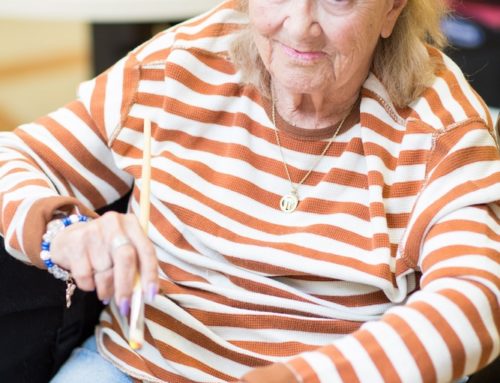
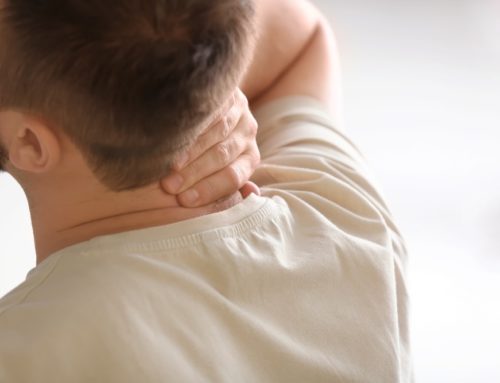
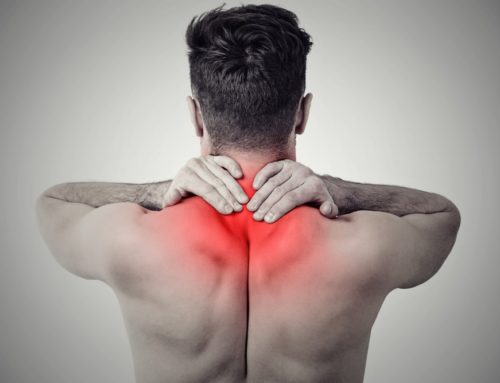
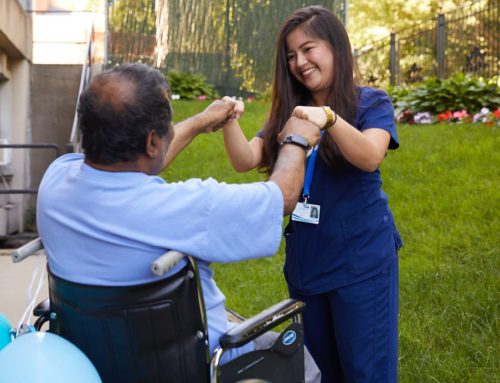
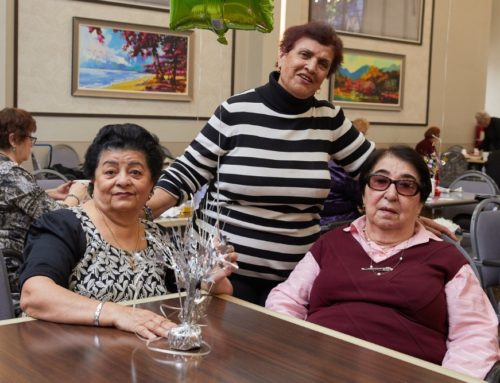
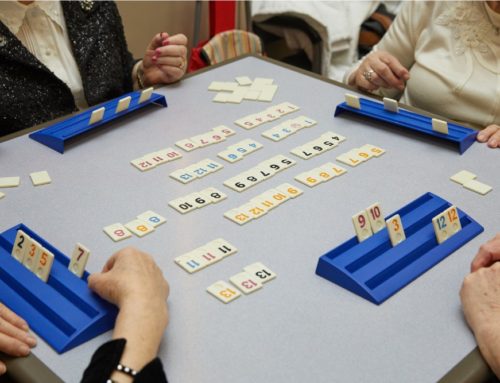
Leave A Comment